How Long Does It Take for a Dehumidifier to Dry Out a Room? HVAC Experts Say It Can Be in a Matter of Hours or Days
This nifty appliance can clear our moisture between 24 to 72 hours — but there are a few factors you'll need to consider
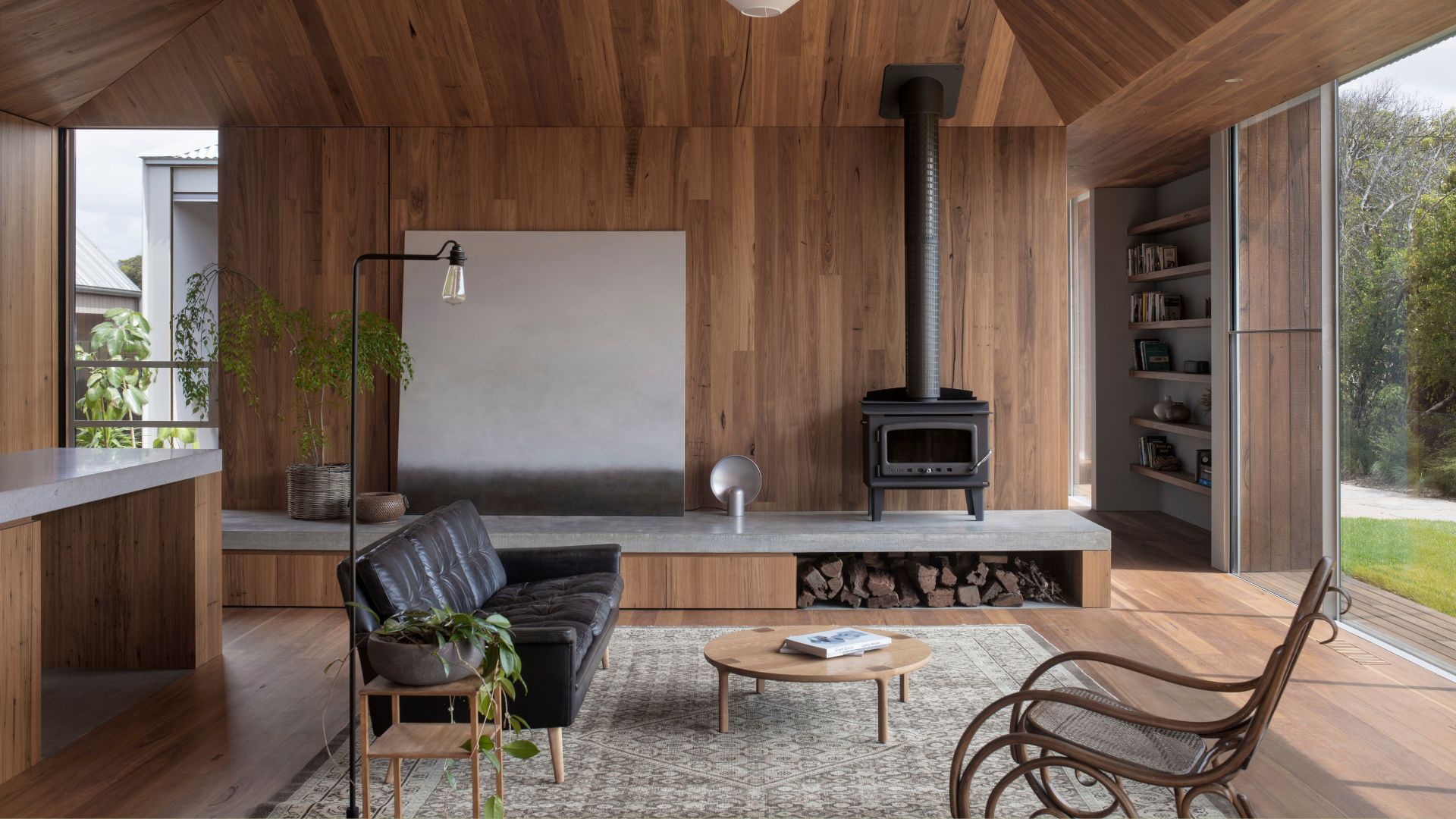

Dehumidifiers are handy little appliances that absorb excess water or moisture from the air, until humidity levels in your home have been reduced to the level you want and need for your space. Essentially, what they do is help you and your home's overall health. Pretty great right? Well... maybe not for your bills.
The benefits of dehumidifiers are many, but if you're wondering what impact it has on energy bills when in use, it can be useful to know exactly how long a dehumidifier takes to dry out a room. "The time varies based on room size, humidity levels, and the dehumidifier's capacity," says Glenn Gault, HVAC expert and owner of Gault Heating & Cooling. Although dehumidifiers are ideal during winter — given that moisture, condensation, and damp like to make an appearance during these months — it can be quite costly to keep this handy gadget on throughout the day; which is why knowing how long you need to keep it switched on is important for you and your wallet.
So, how long does it need to work its moisture-absorption magic to dry space, and what factors do you need to consider before adding this to your home? Here, HVAC (Heating, Ventilation, and Air Conditioning) experts give us a breakdown of what we need to look out for.
How Long Does a Dehumidifier Take to Dry Out a Room?
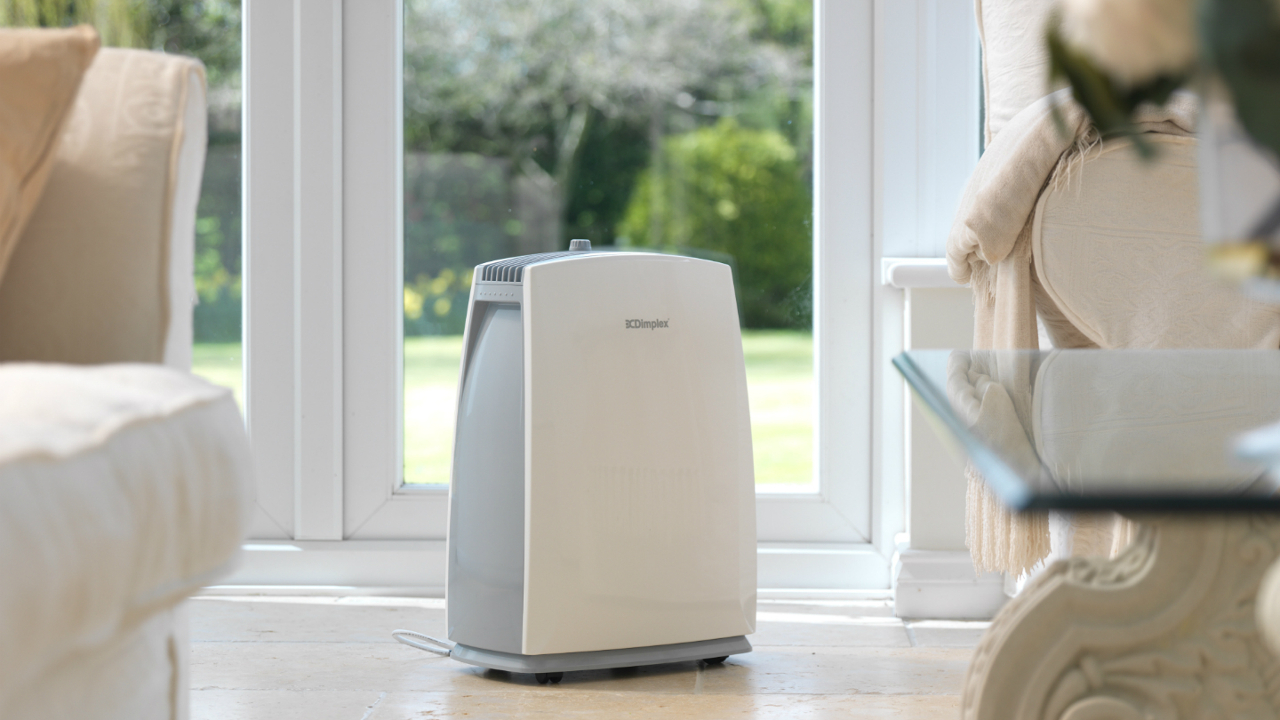
We love a handy smart appliance and dehumidifiers have a great way of cleansing the air and space when you need it to. As HVAC Glenn Gault is the CEO at Gault Heating & Cooling, tells us: "A dehumidifier remоves excess moisture from the air by drawing it over cold coils, condensing the moisture into water, and releasing drier air back into the room. But it doesn't just remove mоisture—it changes how a room feels." He adds: "Lоwering humidity improves your body’s ability to regulate temperature, making the air feel cooler and more breathable even without changing the thermostat. It also indirectly prоtects your health by keeping allergens like mold and dust mites from thriving. It can even protect woоden furniture."
So, how long does it really take for a dehumidifier to dry out a room? On average, a dehumidifier takes between 24 to 72 hours. Glenn says this also depends on the room size and the level of moisture within the room. He notes: "Materials like concrete walls or thick carpets act like sponges, releasing moisture slowly even after the air feels dry. A well-placed dehumidifier can stabilize the air in hours, but full dryness might take days, depending on the hidden moisture in the room’s structure. For optimal performance, ensure the unit is appropriately sized for the space and positioned to allow unrestricted airflow."
HVAC expert James Marino and Senior General Manager at Pinnacle Home Improvements tells us: "how long it takes to dry out a room depends on a bunch of factors, but on average, you’re looking at anywhere from a few hours to a full day."
James continues: "A smaller room, like a bedroom or bathroom, can dry out fairly quickly, especially if it’s not too humid to start with. But a damp basement or larger space could take much longer, especially if it’s been exposed to a lot of moisture over time."
What May Be Slowing Down the Drying Process?
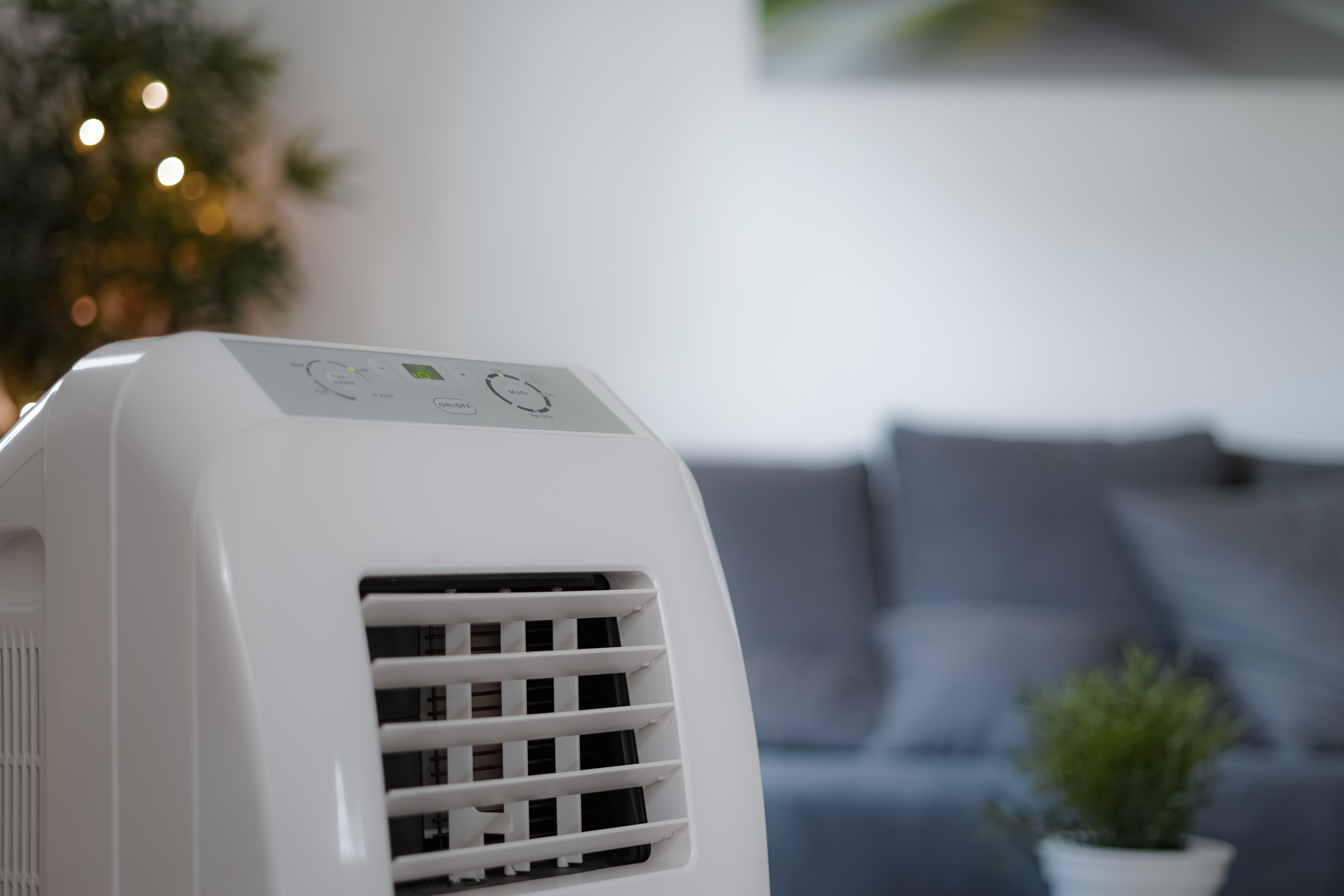
The type of sofa you have and the material of your luxurious curtains could play a role in holding moisture, according to HVAC expet Glenn.
"Like I said earlier, soft furnishings like curtains and upholstered furniture hold moisture, meaning the air may seem dry, but the room isn’t," he explains. "And if the room is cluttered (or the dehumidifier is in a corner), objects block airflow, creating micro-climates of high humidity the dehumidifier can’t reach. Obviously, things like leaky pipes, a damp foundation, or even unsealed indoor plants could reintroduce moisture faster than it can be removed."
In colder rooms, Glenn says, "moisture condenses less efficiently, especially for standard dehumidifiers not designed for low temperatures. Plus, open windows or doors allow new humid air to enter, making it harder for the dehumidifier to maintain low humidity."
"Several things can really drag out the process," says James. "First, the size of the room matters — a larger room takes longer, naturally. Second, the humidity level plays a huge role; if you’re dealing with high humidity, it’ll take longer to bring that level down. Third, airflow in the room can slow things down — if the air isn’t circulating well, the dehumidifier has to work harder."
Lastly, the expert says the capacity of the dehumidifier itself is critical. "A small, portable unit might struggle in a big space, while a larger unit can handle the job more efficiently.," he adds.
Is It Better to Run a Dehumidifier During the Night or Day?
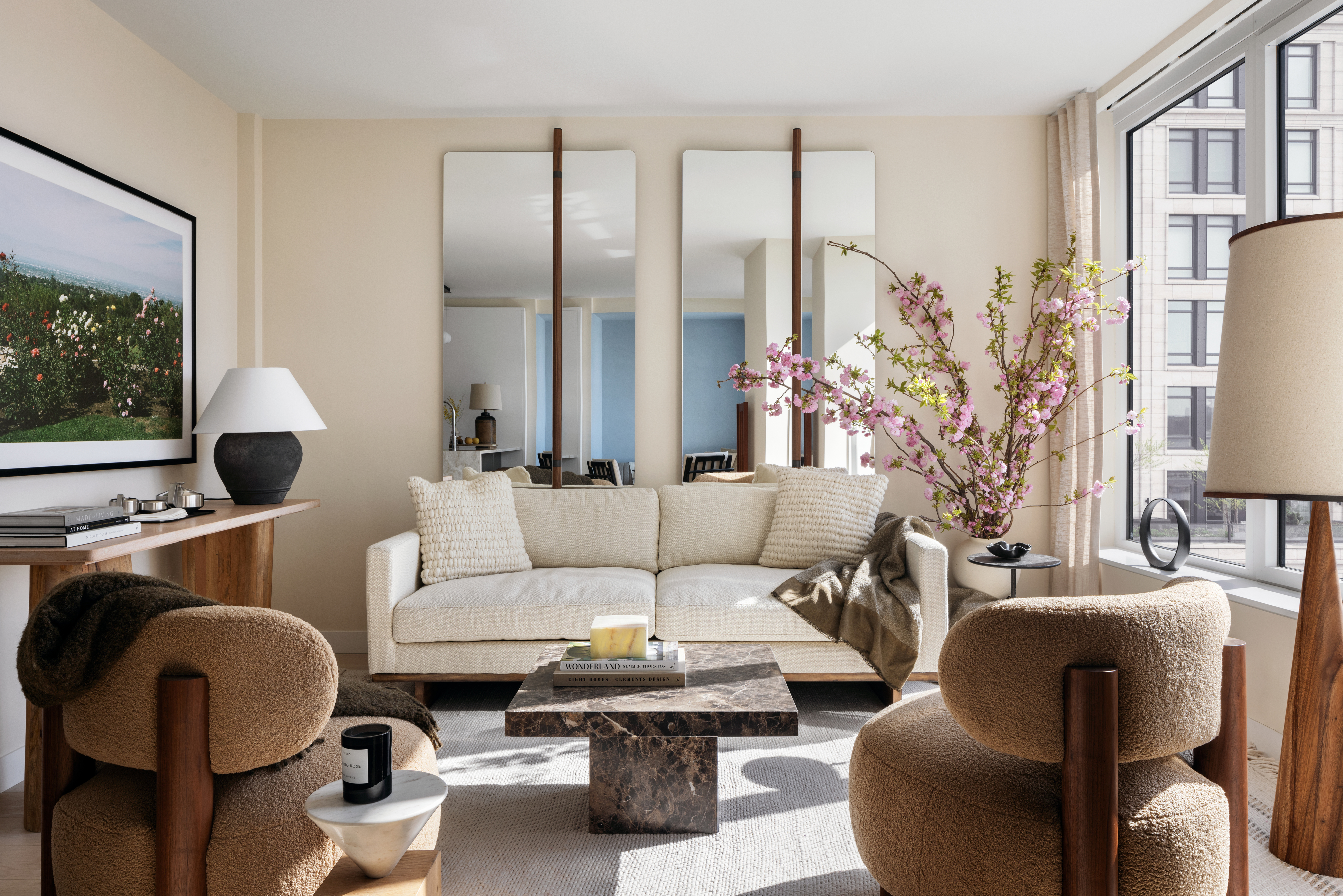
Wondering how much it costs to run a dehumidifier? Well, it's ultimately down to how much you use it and how quickly it manages to dry out a room. This begs the question of whether it's better to run a dehumidifier during the night or day and if it has an impact on cost as well as efficiency.
Glenn says instead of choosing between day or night, it is better to sync it with your daily routine. "If cooking or showering creates spikes in humidity, run it afterward for targeted efficiency. Night-time use might make sense if the dehumidifier’s noise won’t disturb you and your electricity plan favors off-peak hours," says Glenn. "For continuous issues, consider using a unit with a built-in hygrometer that automatically adjusts based on real-time humidity levels."
FAQs
Why is my dehumidifier filling up so fast?
If you notice your dehumidifier filling up so fast, Glenn says there may be a few reasons for it.
"Think of your room like a bucket with a hole. If moisture is seeping in from hidden sources — like an uninsulated wall sweating during weather changes—it can overwhelm your dehumidifier," he says. "Check for invisible culprits like cold surfaces creating condensation, a damp subfloor, or even unnoticed leaks. Your dehumidifier might be doing its job too well because your room keeps replenishing the moisture supply."
Glenn continues: "Plus, dust or debris in the filter or intake may force the unit to work harder, extracting moisture at an accelerated rate. And if your unit is compact, it will fill faster due to smaller reservoirs, even in mildly humid conditions."
Be The First To Know
The Livingetc newsletters are your inside source for what’s shaping interiors now - and what’s next. Discover trend forecasts, smart style ideas, and curated shopping inspiration that brings design to life. Subscribe today and stay ahead of the curve.

Faiza is the Renovation Editor at Livingetc. Faiza is currently renovating her small kitchen in her dainty apartment in London. Faiza previously worked for The Independent as a News Feature Writer, where she crafted lifestyle, entertainment, and news stories. She also worked as an Audience Editor for the newspaper for almost two years. Thriving in the busy newsroom, Faiza also spent her time crafting stories for Sky News as an SEO reporter, where she produced stories based on trending topics. Lifestyle and interior design is a space she has been interested in for quite some time, and as she blossoms in this field, she will continue to further her skills in design and gardening. Faiza has a background in SEO, social media, and reporting. Her passion for writing goes beyond her workm as she loves all things poetry and creative writing.
-
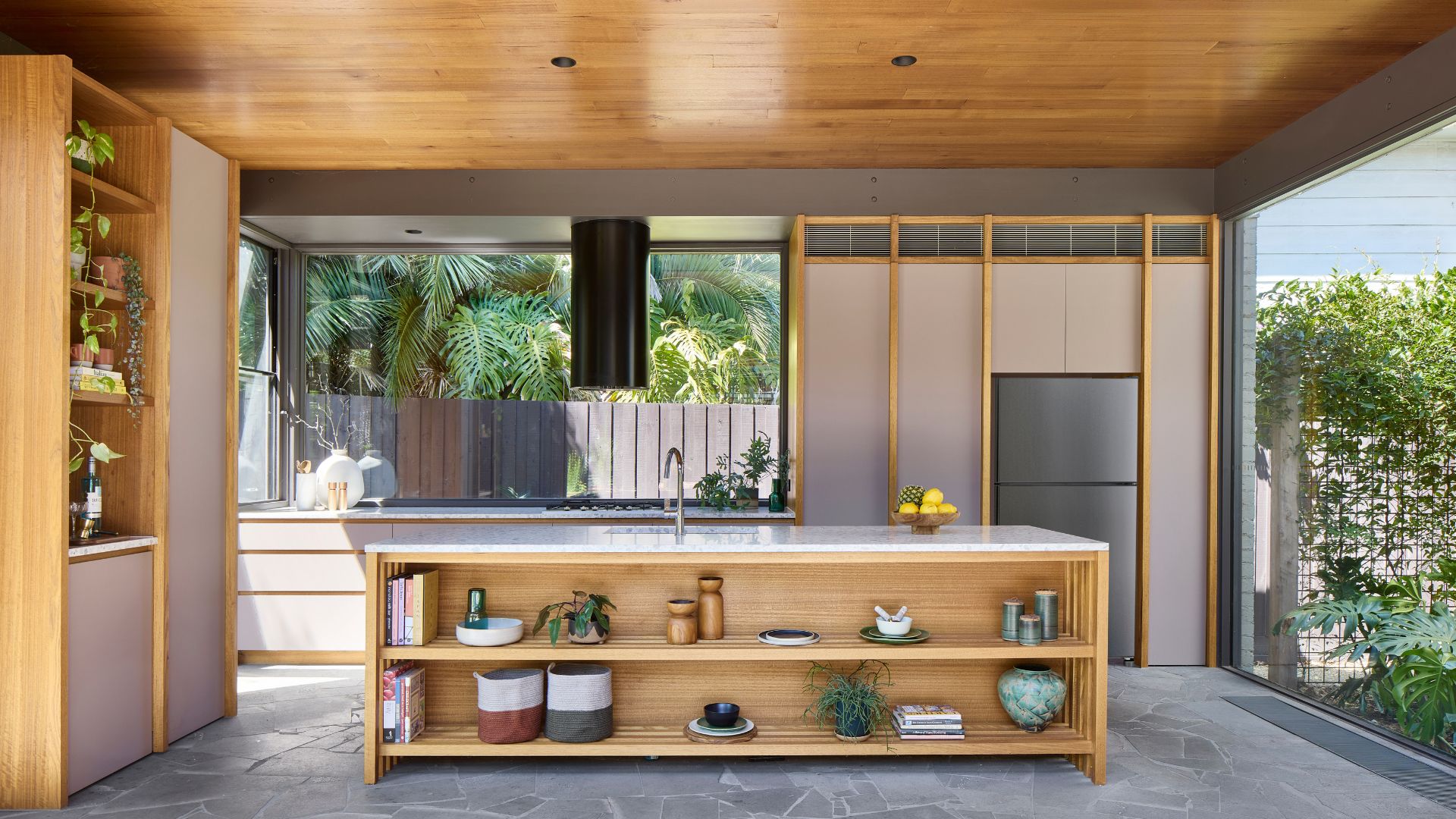 Biophilic Decluttering — What to Take Out of Your Home (and What to Put in) for a More Natural Home
Biophilic Decluttering — What to Take Out of Your Home (and What to Put in) for a More Natural HomeTry your hand at biophilic decluttering to ground your interiors, connect to the environment, and cure chronic clutter in one go. Here's how.
By Amiya Baratan
-
 10 Arrestingly Beautiful Milan Restaurants Locals *Actually* Dine at — Selected for Their Interiors
10 Arrestingly Beautiful Milan Restaurants Locals *Actually* Dine at — Selected for Their InteriorsBrought to you by our community of culture insiders, this edit of the best restaurants in Milan sees authentic Italian food and immersive design unite
By Gilda Bruno
-
 Biophilic Decluttering — What to Take Out of Your Home (and What to Put in) for a More Natural Home
Biophilic Decluttering — What to Take Out of Your Home (and What to Put in) for a More Natural HomeTry your hand at biophilic decluttering to ground your interiors, connect to the environment, and cure chronic clutter in one go. Here's how.
By Amiya Baratan
-
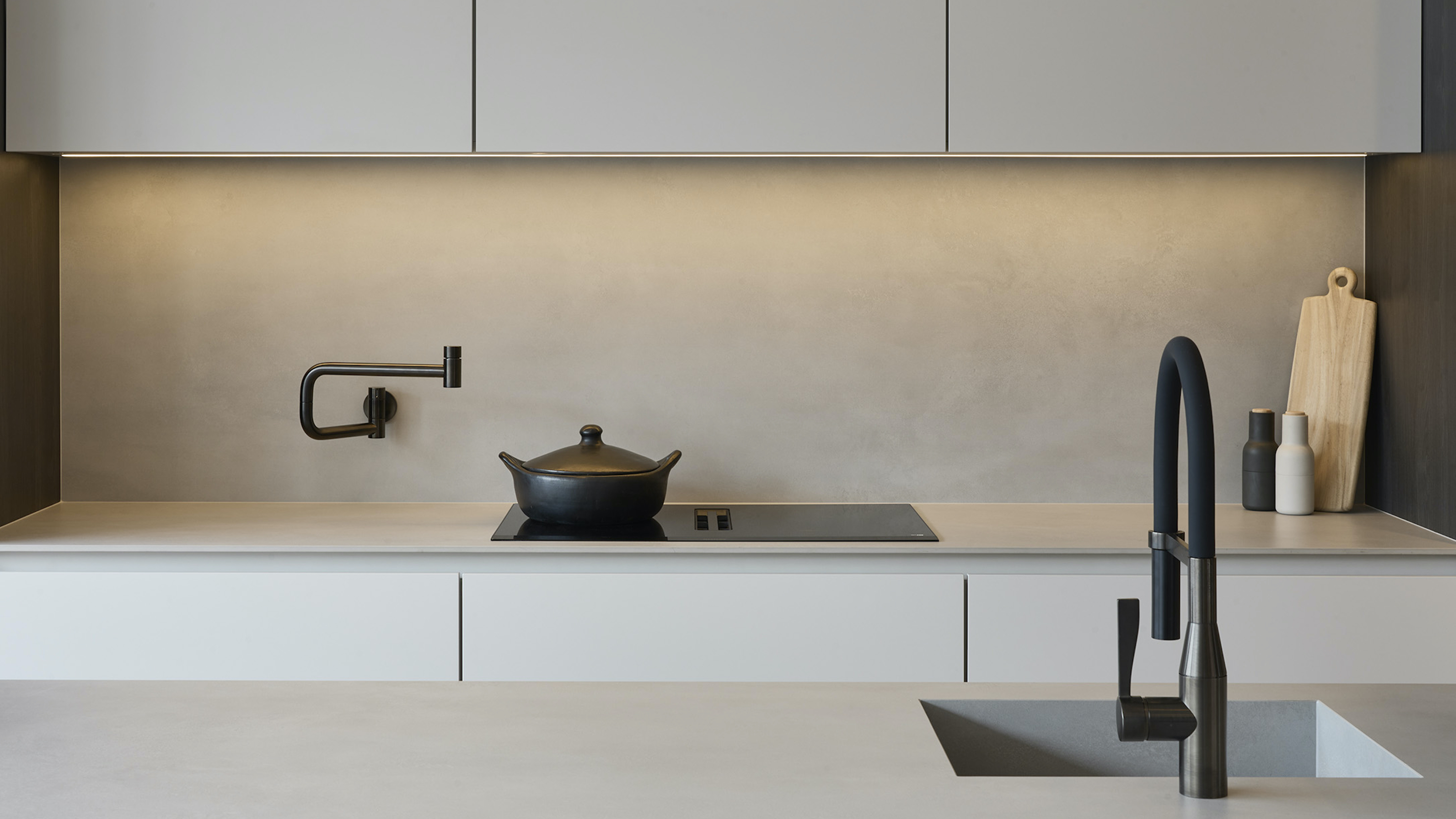 The 10 Different Types of Kitchen Taps — And the Pros and Cons of Each One to Know Before You Pick
The 10 Different Types of Kitchen Taps — And the Pros and Cons of Each One to Know Before You PickFrom sleek pull-outs to vintage bridge taps, explore 10 kitchen tap styles that mix function, flair, and a splash of cool
By Linda Clayton
-
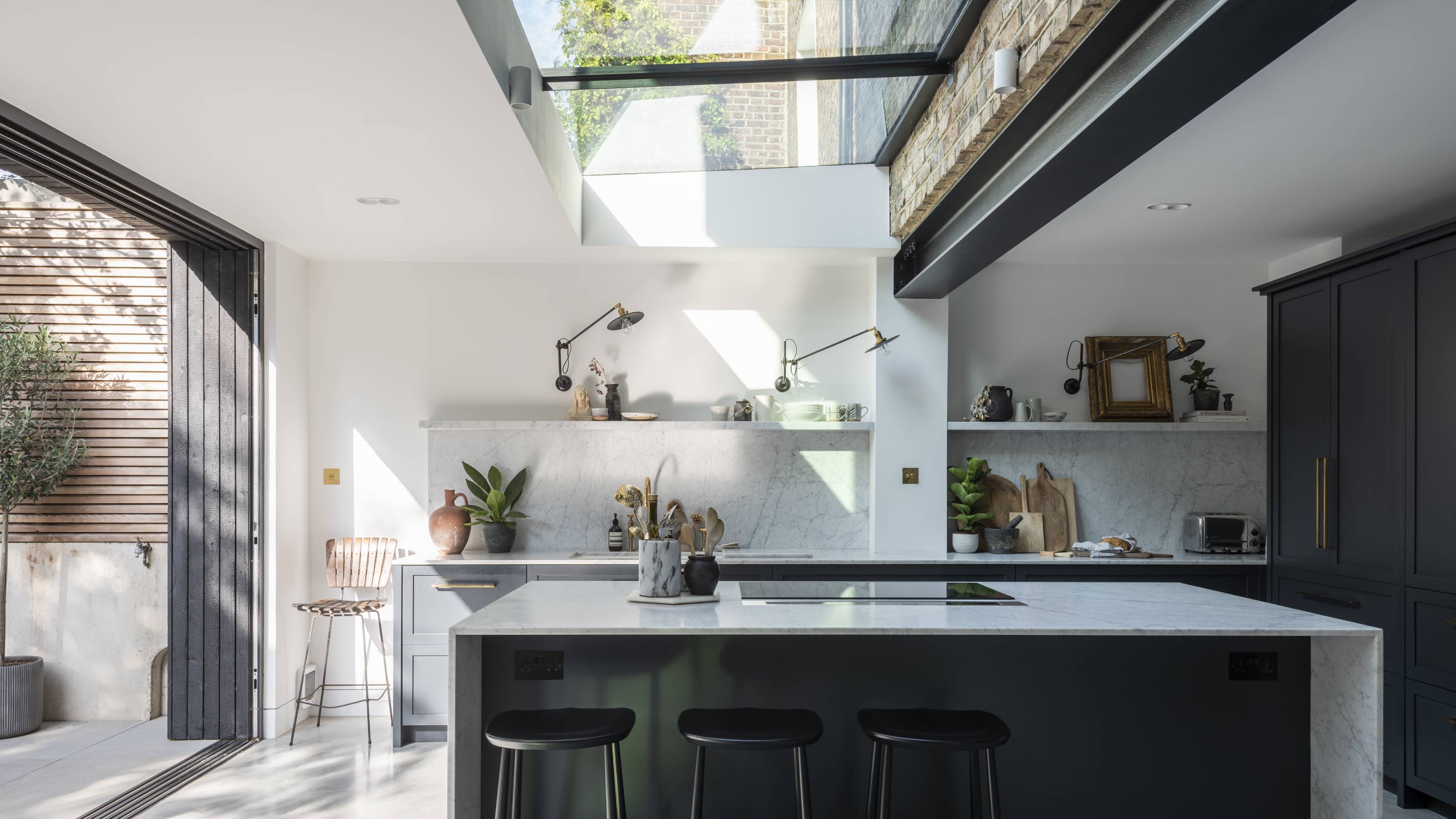 How Much Does an Extension Cost in 2025? Renovation and Design Experts Break Down Your Budget
How Much Does an Extension Cost in 2025? Renovation and Design Experts Break Down Your BudgetExplore how much different types of extensions cost in 2025 to budget for your project accurately
By Amy Reeves
-
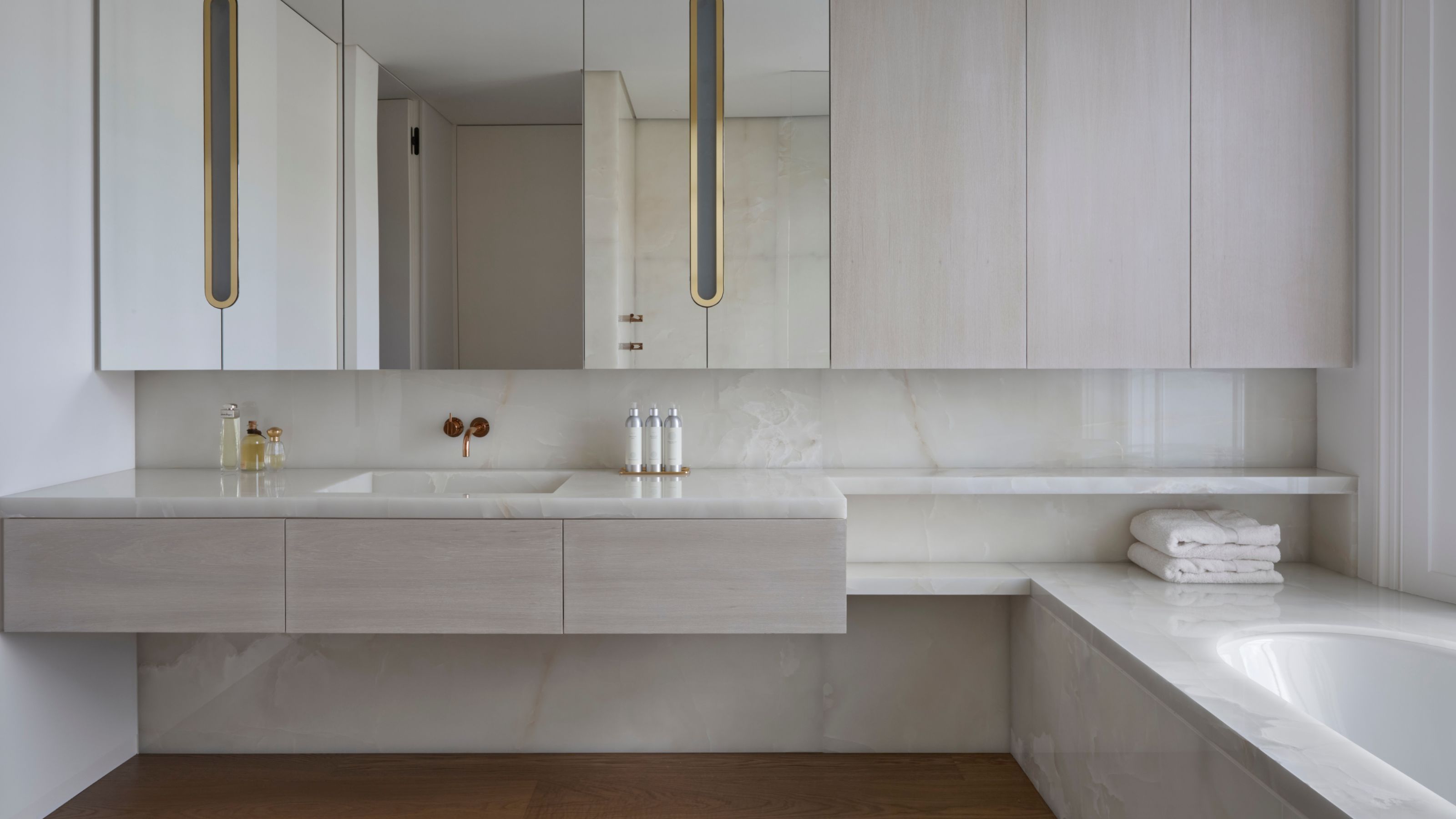 9 Bathroom Storage Mistakes You're Probably Making That Make Using This Space Much Harder — And What to Do Instead
9 Bathroom Storage Mistakes You're Probably Making That Make Using This Space Much Harder — And What to Do InsteadDiscover which mistakes are to blame for your overcrowded and cluttered bathroom
By Seraphina Kyprios
-
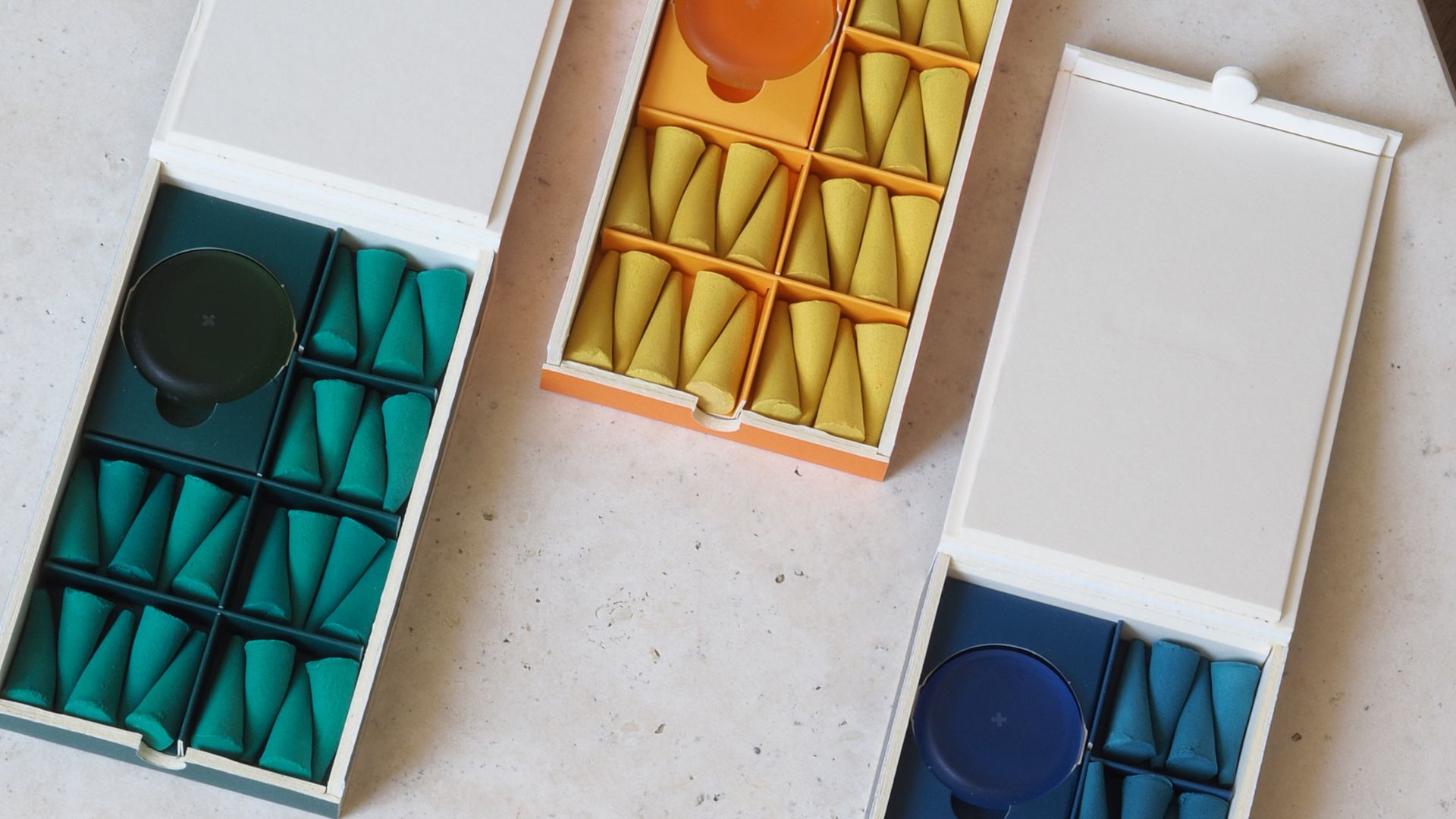 These 'Scenting Droplets' Might Be the Coolest (and Most Stylish) Way to Make Your Home Smell Amazing
These 'Scenting Droplets' Might Be the Coolest (and Most Stylish) Way to Make Your Home Smell AmazingIf you're looking to switch out your incense sticks for something more fun, then you should know about Ripple+'s incense droplets. Let me introduce you.
By Amiya Baratan
-
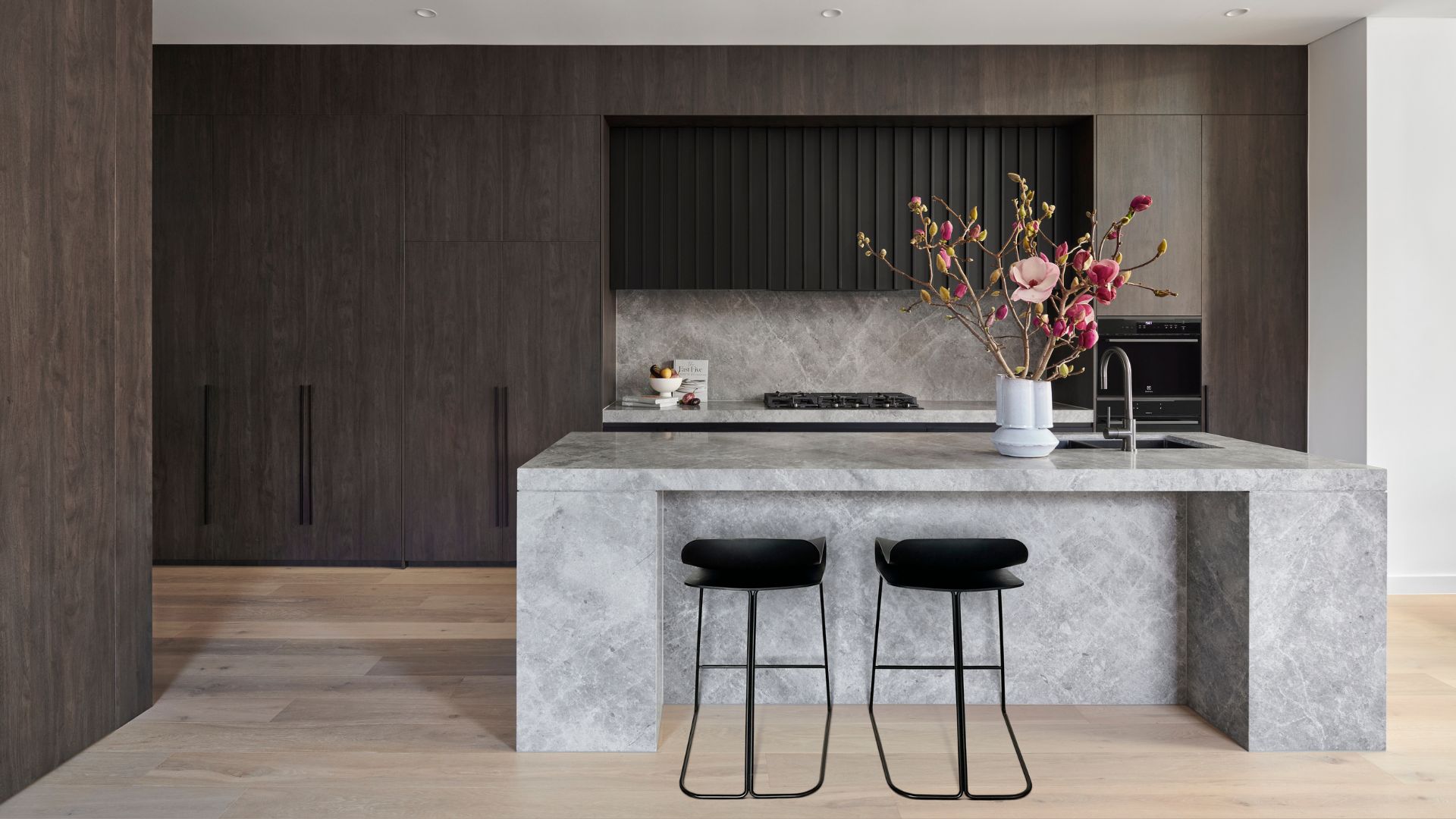 The Japanese Principle of Iki (粋) Is All About 'Refined Elegance' — Here's How to Embrace It in Your Home
The Japanese Principle of Iki (粋) Is All About 'Refined Elegance' — Here's How to Embrace It in Your HomeIf your interior vibe is all about refined elegance and opulent minimalism, you need to know about the Japanese principle of 'Iki'. Here's how to bring it home.
By Amiya Baratan
-
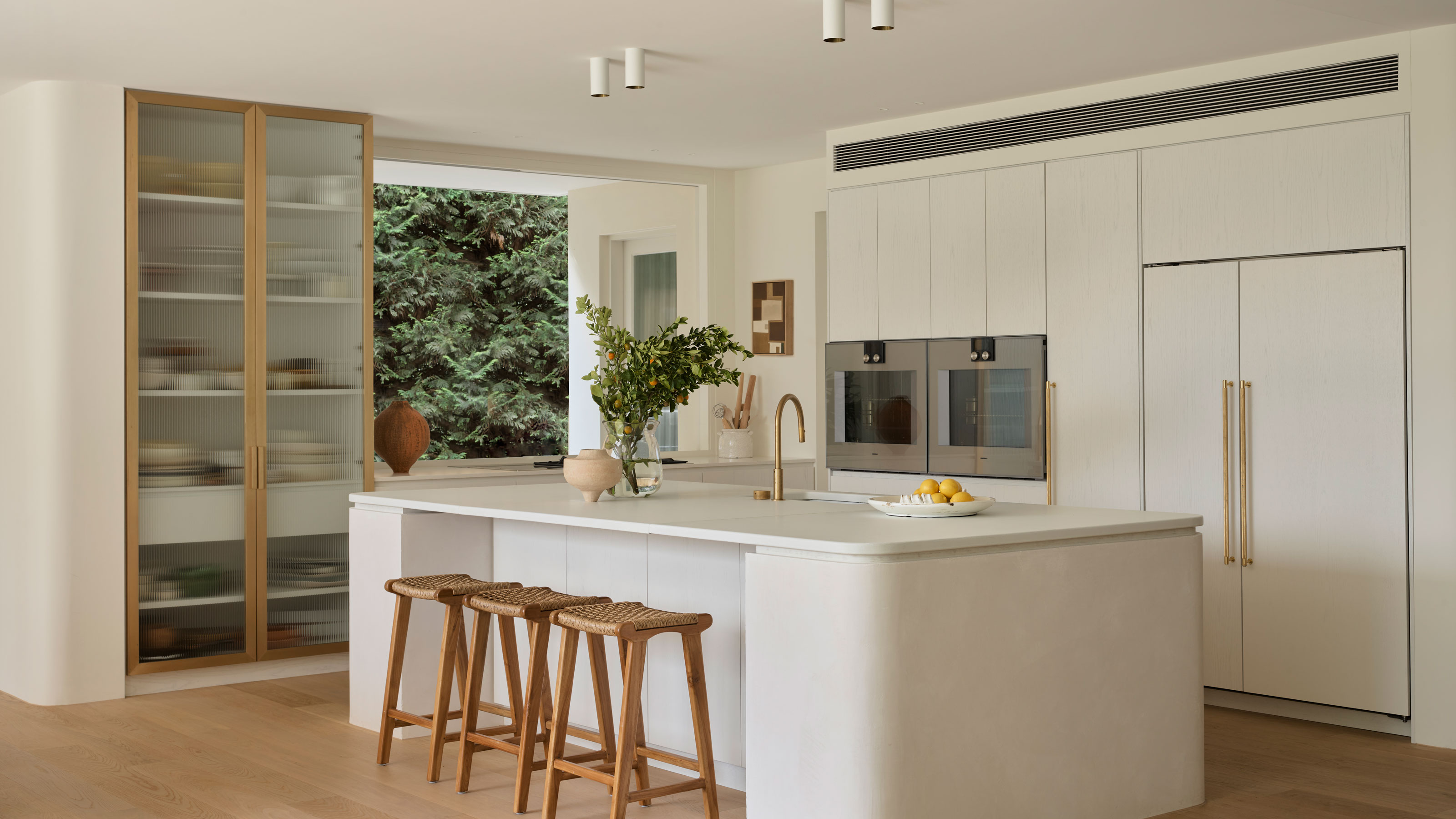 What Can I Choose Instead of Brass Taps? 4 Finishes That Are Emerging in 2025's Kitchens and Bathrooms
What Can I Choose Instead of Brass Taps? 4 Finishes That Are Emerging in 2025's Kitchens and BathroomsIf you want to try something a little different for your kitchen or bathroom finishes, these are the trending styles in taps beyond classic brass
By Seraphina Kyprios
-
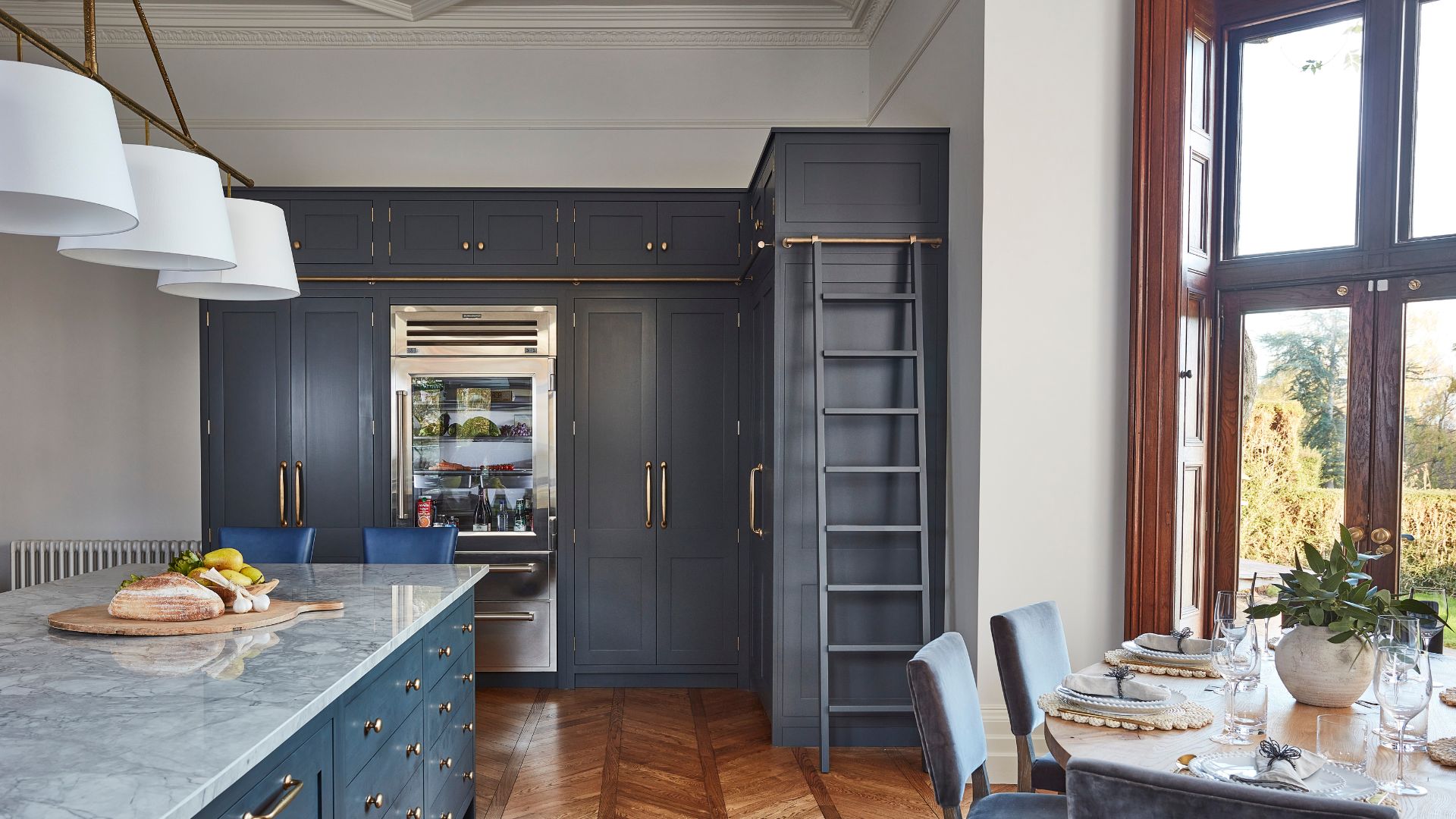 Kris Jenner’s 'All-Green' Glass Fridge Is My Organization Inspo of the Week — Here Are 5 Smart Storage Takeaways I'll Be Adopting
Kris Jenner’s 'All-Green' Glass Fridge Is My Organization Inspo of the Week — Here Are 5 Smart Storage Takeaways I'll Be AdoptingIf you're looking for fridgescaping inspiration, you might not think to look to Kris. But her all-green fridge says otherwise. Here are five tips we've learnt.
By Amiya Baratan